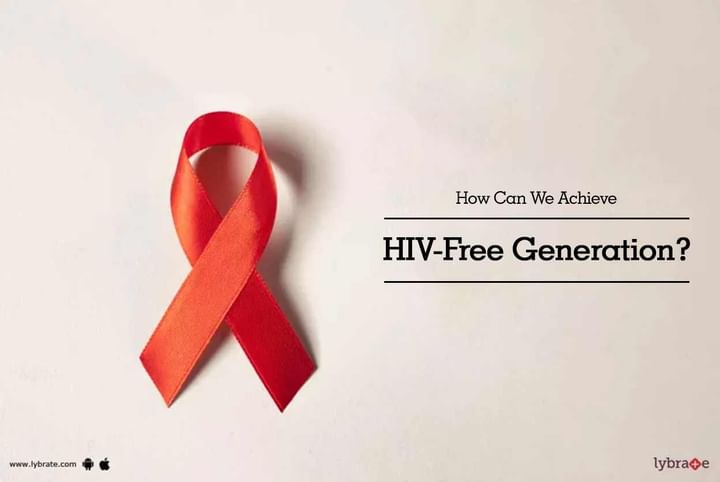How Can We Achieve HIV-Free Generation?
Spread of HIV infection from a woman who has transmits HIV to her child during pregnancy, childbirth (labor and delivery), or breastfeeding (breast milk) is called as ‘Mother to child’ transmission (MTCT) of HIV. It is also termed as the perinatal transmission of the HIV infection or ‘vertical’ transmission. In the absence of medical intervention, perinatal transmission rates are very high, between 20-45% in different parts of the world. In various regions of the African subcontinent a large number of HIV infected children are present. It is a major cause of deaths in teens and adolescents in that region.
Almost 90% of all HIV infected children live in the sub-Saharan Africa. In some districts of AP, Karnataka, Maharashtra and TN that were highly HIV-prone, we have several HIV infected children and adolescents. The virus replicates in the body and affects the immune system. Due to decreased immunity, various opportunistic infections enter the body and cause AIDS related symptoms. Prevention of HIV infection in infants and young children is now a high priority and has been the rallying point for enhanced prevention efforts. MTCT HIV infection can be prevented with adequate measures by way of Anti-retroviral treatment (ART). All expecting mothers who are HIV infected should have access to the preventive medical services throughout the gestation period, during labor and also during breastfeeding.
Proper provision of resources with skilled staff and awareness programs can help in avoiding new infection cases. Breastfeeding is the primary source of transmission of infection from mother to child. Basically, once ART is started in an HIV infected pregnant woman that should continue forever. With proper ART course, chances of MTCT are near Zero. At the Unison Medicare & Research Centre; which is India’s first fully comprehensive clinic for HIV Care and infectious Diseases, during last decade, not a single MTCT has occurred after treating more than 160 such HIV infected mothers. Even prior to that MTCT rate was lower than 1%. Our motto has been making the mothers virally suppressed commensurate with the global principle of “Undetectable = Untransmittable”! In fact now more and more HIV infected couples have been coming forward for an elective pregnancy. Even HIV un-infected children orphaned by AIDS or living with sick caregivers are at the great risk of emotional and physical abuse, which in turn increases the child’s vulnerability to HIV infection.
Reduction of risks to these vulnerable children is of great importance and various programs are being implemented for the welfare of orphans and vulnerable children. Various risk factors that are implicated in the transmission of HIV infection from mother to child are as follows:
- Increased viral load
- Genital tract viral load
- Reduced CD4 cell count
- Unprotected sexual intercourse with infected partner
- Smoking, Substance and drug abuse
- Deficiency of Vitamin A and other essential nutrients
- Presence of other Sexually transmitted diseases (STDs)
- Pre-term delivery
- Placental disruption
- Invasive monitoring of the fetus
- Breast feeding In most cases, HIV will not cross through the placenta from mother to baby.
In an otherwise healthy mother, risk of child getting infected is low. Prenatal visits shouldn’t be increased until a complication arises. The physician should observe symptoms of AIDS and pregnancy-related complications on a regular basis. HIV may be the direct cause or a marker of a complex interaction of related medical and social conditions that affect pregnancy. Most HIV positive women are usually asymptomatic and have no major obstetrical problems during their gestation period. They should receive similar obstetric antenatal care as the HIV-negative women, unless indicated by the need to provide specific treatment for HIV related conditions. There is no evidence of a need to increase the number of antenatal visits, provided there are no complications of the HIV infection, although additional counseling sessions may be required to reassure the mother and family.
Care of the HIV positive woman during pregnancy should include ongoing counseling and support as an integral part of the management. Invasive diagnostic procedures, such as chorionic villus sampling, amniocentesis or cordo-centesis should be avoided wherever possible, due to a possible risk of infection of the fetus. In case you have a concern or query you can always consult an expert & get answers to your questions!



+1.svg)
